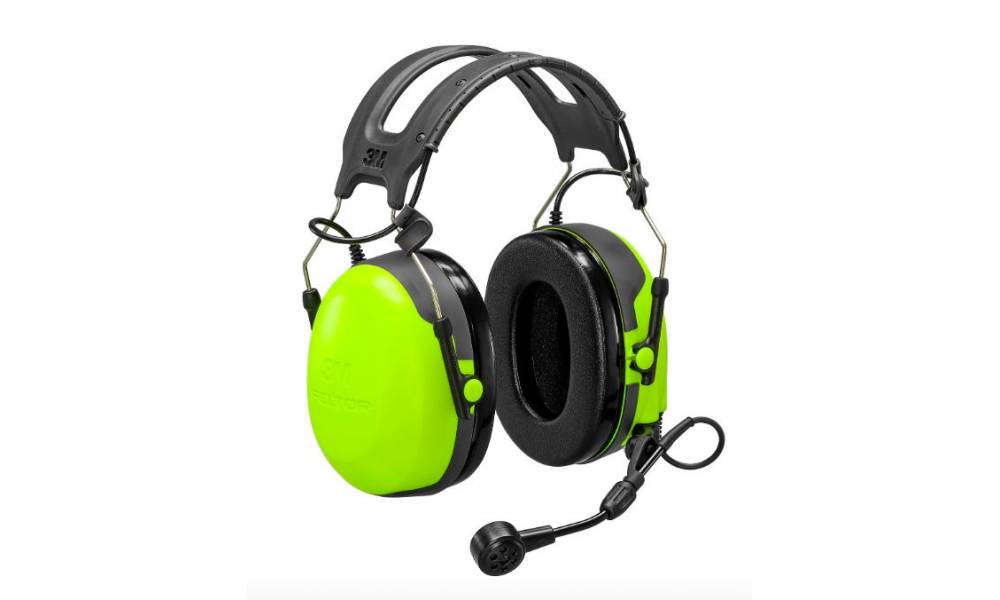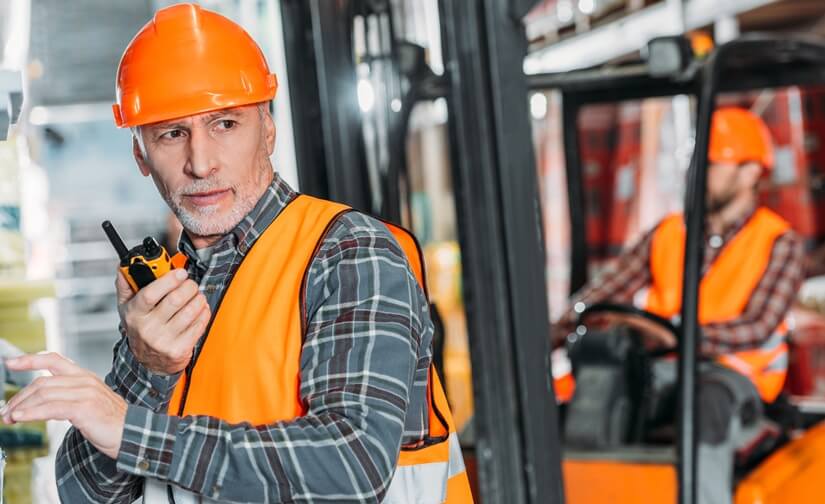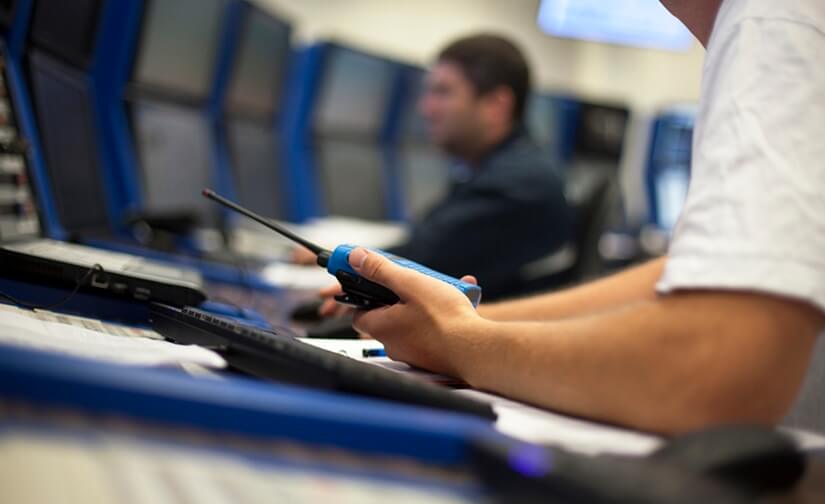Consumer awareness of environmental issues has rightfully permeated into every buying decision, including communication tools. Walkie-talkies were already one of the most versatile and efficient communication tools, but they are also contributing to the move to a more sustainable society.
Whether you are looking for commercial or personal communications, walkie-talkies deliver streamlined communication without compromising on our collective responsibility towards the environment. Their energy efficiency, durability, and recyclability make them a standout choice in a world increasingly conscious of its ecological footprint.
Let’s examine why walkie-talkies aren’t just effective communication tools but also a smart choice for environmentally-minded consumers.
Energy Efficiency of Walkie-Talkies
One of the most important aspects of sustainability is energy usage. While it is easy to dismiss this factor as a drop in the ocean as far as personal devices like walkie-talkies are concerned, it is a problem that needs to be addressed at every level.
Walkie-talkies are already streets ahead of potential alternatives like mobile phones, especially rechargeable models. Here are three key reasons why walkie-talkies are more energy efficient:
- Longer Battery Life: Walkie-talkies are known for their long battery life. This means they require less frequent charging, leading to lower energy consumption over time.
- Efficient Power Usage: Walkie-talkies only use power when transmitting, not when receiving or on standby. This efficient power usage contributes to their overall energy efficiency.
- Rechargeable Batteries: Many walkie-talkies come with rechargeable batteries. These can be used over a longer period compared to disposable batteries, reducing waste and the energy used in battery production.
A good example of an energy-efficient walkie-talkie is the Motorola XT-460. This model has a battery life of up to 20hrs and features a battery save mode.
Durability and Lifespan
To understand why this is important, it is useful to compare walkie-talkies against one of their main competitors – the smartphone. Perhaps the most obvious difference is the robustness and longer lifespan when they are compared.
Walkie-talkies, even basic models, are far more robust than your average smartphone. Drop a smartphone from any height, and the result is likely to be a broken screen and a dented wallet. Drop a walkie-talkie from the same height, and the chances are you can pick it up and start chatting.
And remember that this is a basic model with no bells and whistles. Many walkie-talkie models offer features that add layers of protection and still don’t break the bank. These include:
- Water and dust protection: Many models are certified to be protected against water or dust ingress.
- Shock Resistance: Many walkie-talkies are designed to withstand shocks and impacts, making them more durable in various environments. This means they don’t need to be replaced as frequently as more fragile devices, reducing waste and the resources used for manufacturing new devices.
- Longer Lifespan: Walkie-talkies are built to last. They often continue to function effectively for many years, even with regular use. This longer lifespan means fewer devices end up in landfills, contributing to a more sustainable world.
There is also the technological aspect to consider. Smartphones are usually obsolete within a few short years, even if they physically last that long. While walkie-talkies still take advantage of technological advances, this doesn’t render existing models obsolete.
Motorola is renowned for the robustness of its 2-way radios. For instance, the Motorola XT-420 features a water and dust-resistant metal casing that conforms to IP55 and US Military 810 standards.
Choosing Sustainable Walkie-Talkies
There are several factors to consider when looking to choose the perfect set of sustainable walkie-talkies. Here are some of the main points that can help you choose.
- Battery: Opt for energy-efficient models that use rechargeable batteries. Additionally, look for sets that have interchangeable batteries. This is convenient for everyday use but also means that if the battery dies, you don’t need to replace the whole unit.
- Build quality: Opt for radios from trusted manufacturers like Motorola, Hytera or Kenwood. The lifespan of the walkie-talkies has a direct bearing on how sustainable they are. A radio that needs to be replaced annually cannot be considered green. Motorola, for example, run tests on many models that show they will last for an average of five years under continual usage.
- Materials: Electronic circuitry must be disposed of properly, but the casing material used in the construction is a consideration when choosing sustainable walkie-talkies. Opt for models that use high-quality plastics and metals in the casing to ensure that they are easily recycled. Just remember that as this is an electrical item [WEEE], it should be brought to a WEEE drop-off recycling point or Civic Amenity Site for proper disposal and recycling.
- Eco-Friendly Manufacturing Practices: Consider the manufacturing practices of the company producing the walkie-talkies. Some companies, like Motorola, are committed to reducing their environmental impact by using renewable energy in their factories, minimizing waste, and implementing other sustainable practices. Choosing products from these companies can help support a more sustainable economy.
Every little helps, and by choosing a more sustainable walkie-talkie solution, you can do a little bit to help the planet and acquire a robust and long-lasting communications tool into the bargain.
Keeping It Green With Sustainable Walkie-Talkies
At Lynn Communications, we are committed to doing our bit for the environment. If you need any help choosing the right walkie-talkies that won’t break the bank or the planet, our experts can help.
Why not call us today and find out more about our range of walkie-talkies?





